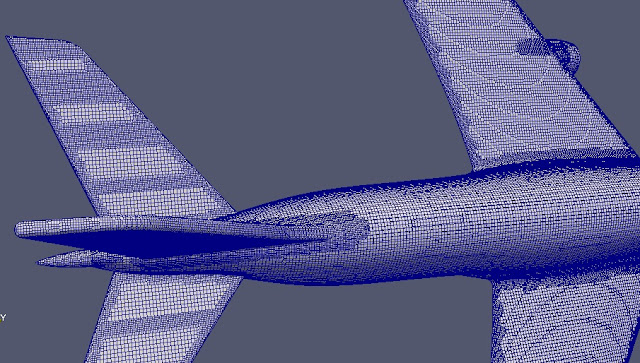AUTOMOTIVE CFD FOR DETERMINING AERODYNAMIC DESIGN COEFFICIENTS

A rather unorthodox concept car geometry was chosen for automotive CFD analysis and the force Coefficients were calculated. Figure No.1: STL geometry Turbulence properties were calculated from the wheel base length of the car and the Aerodynamic coefficients were calculated from the frontal area of the car. Here are the steps adhered to calculate the frontal area of the car using paraview. Here is a brief video tutorial on how to calculate the projection Area or the frontal area of a car. The projection area and the wheelbase length values are called inside the force-coefficient file, within the system folder. Figure No.2: lRef (base length) & Aref (Projection Area) The simulation was performed on a grid whose dimensionless wall-distance value was less than 1.0. A kOmegaSST turbulence model was adopted for a steady-state solver. Figure No.3: Meshed STL geometry Along with the car, the ground patch or the lowerWall i...



